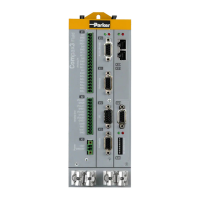
Do you have a question about the Parker Compax3 Fluid T40 and is the answer not in the manual?
| Series | Compax3 |
|---|---|
| Power Supply Voltage | 24 VDC |
| Output Current | 40A |
| Protection Class | IP20 |
| Communication | CANopen, RS232 |
| Operating Temperature | 0°C to +45°C |
| Relative Humidity | 5 to 95 %, non-condensing |
| Storage Temperature | -25 to +70 °C |
This section describes the hydraulics controller for the Compax3 Fluid T40.
Details regarding the non-warranty clause for the publication's contents.
Information about the location where the product is manufactured.
Contact information for the main headquarters.
Describes the device assignment for the Compax3 Fluid devices.
Highlights general hazards associated with the device's operation.
Provides guidelines for safe operation by qualified personnel.
Describes the Compax3F as an electrohydraulic servo drive.
Information about the state of delivery for the Compax3F device.
Details the plug and connector assignments for the Compax3 Fluid device.
Details the configuration process for the Compax3 system.
Configures machine zero using the current position.
Details the physical sources for signal configuration.
Describes the optimization window interface.
Settings required before controller alignment.
Details the activation process for pressure/force control.
Instructions on how to access the input simulation feature.
Explains how to activate the setup mode for axis operation.
Covers programming based on the IEC61131-3 standard.
Illustrates the status diagram for the main axis.
Explains the activation of the drive using the MC_Power function.
Describes how to read the current axis position.
Provides critical notes before using the C3_GetSystemFingerPrint.
Defines the value ranges for various positioning parameters.
Explains dynamic positioning processes.
Details switching between force/pressure and position control modes.
Explains the fundamental function of electronic cam control.
Overview of the functions available for T40 Cam control.
Describes the two principal types of cam curves.
Introduction to the CamDesigner tool for curve generation.
Details the function modules involved in cam operations.
Describes relative master reference without an offset.
Guides setting the master position for the source.
Describes the process of starting a cam or coupling.
Step 1 involves installing the C3 ServoManager.
Demonstrates a single start of a closed cam application.
Provides an overview of the cam switching mechanism.
Describes switching behavior based on travel direction.
Details how to acknowledge errors using MC_Reset.
Explains how to read digital inputs.
Details the C3_IOAddition_0 module for optional I/Os.
Describes the initialization process for PIOs.
Details the PLmC_Interface module for C3 powerPLmC communication.
Demonstrates using Compax3 modules and objects in CFC.
Details the various communication variants for Compax3.
Configuration settings for RS485 communication.
Describes the structure of the modem connection.
Typical application of IEC61131 control via Profibus.
Describes parameter access using the PKW mechanism.
Configuration settings for CANopen nodes.
Determines the status of the CANopen NMT status machine.
Details Service Data Objects (SDO) for parameter configuration.
Configuration settings for DeviceNet communication.
Guides configuration for Ethernet Powerlink and EtherCAT.
Details the HEDA standard mode of operation.
Explains the capabilities of the HEDA expansion.
Lists objects related to the process data channel.
Details the D/A monitor for outputting status values.
Provides the order code for the Compax3 Fluid device.
Details the ZBH plug set accessory.
Information about cables for path measurement systems.
Details the RS232 cable specifications.
Details the M12 input/output extension option.
Provides technical specifications for motion control.
Details general ambient conditions for the Compax3F.
General overview of IEC61131-3 programming features.
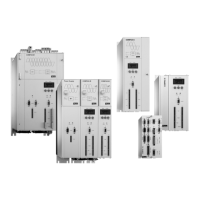
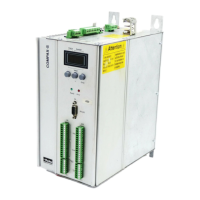
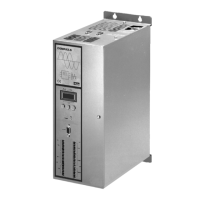
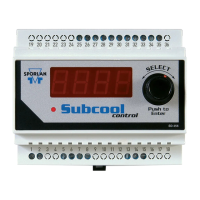
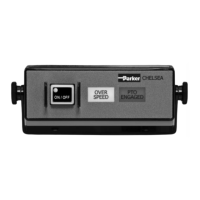
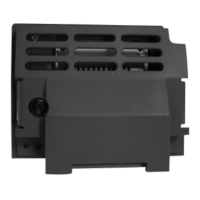
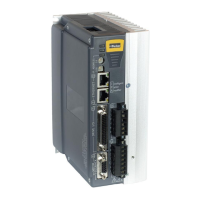
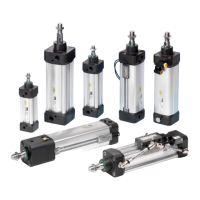
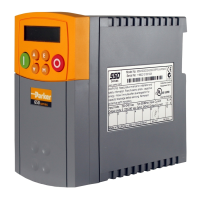
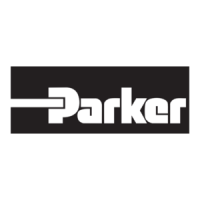
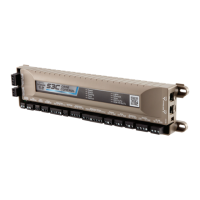
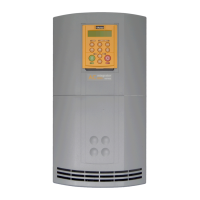
